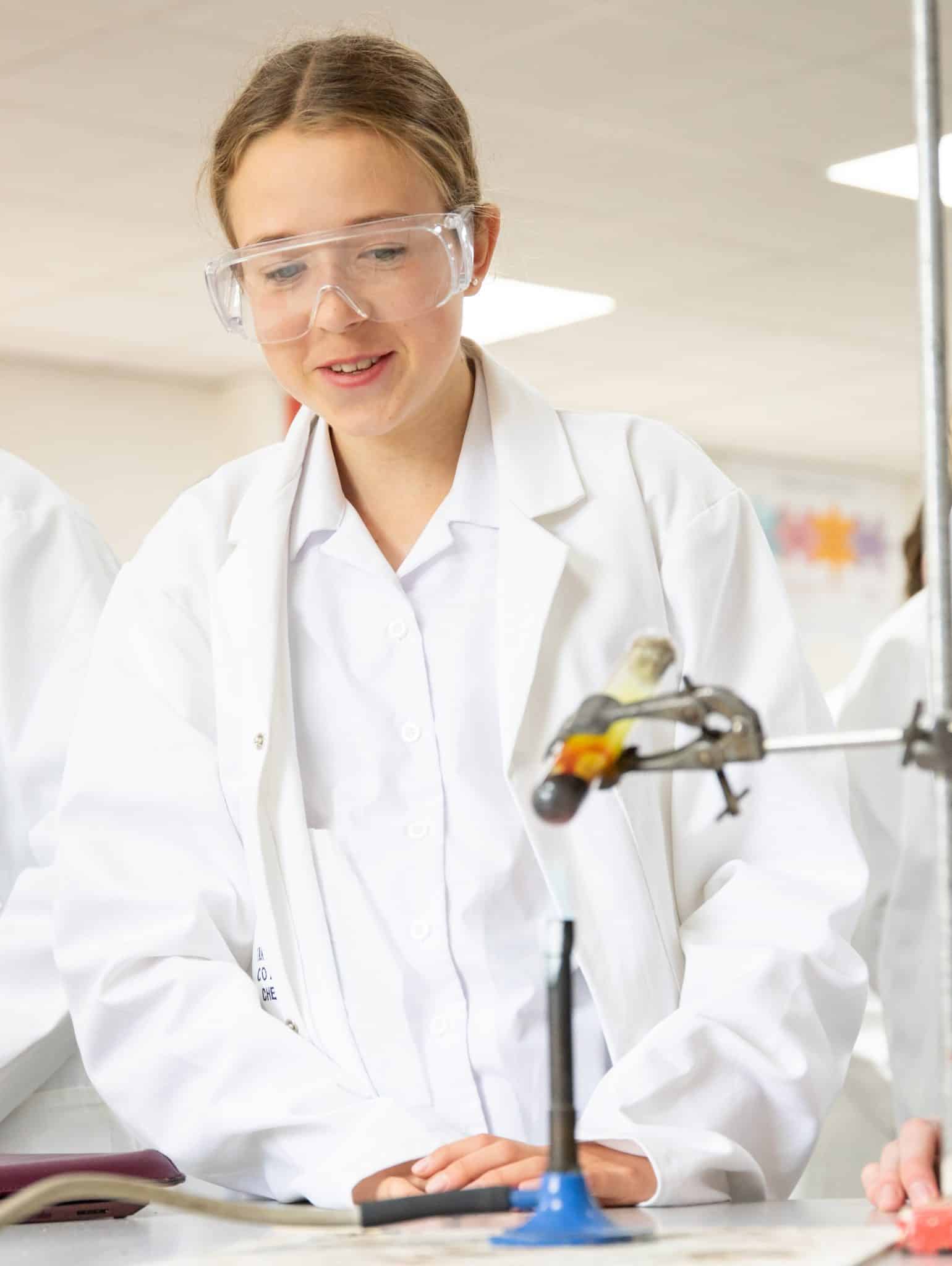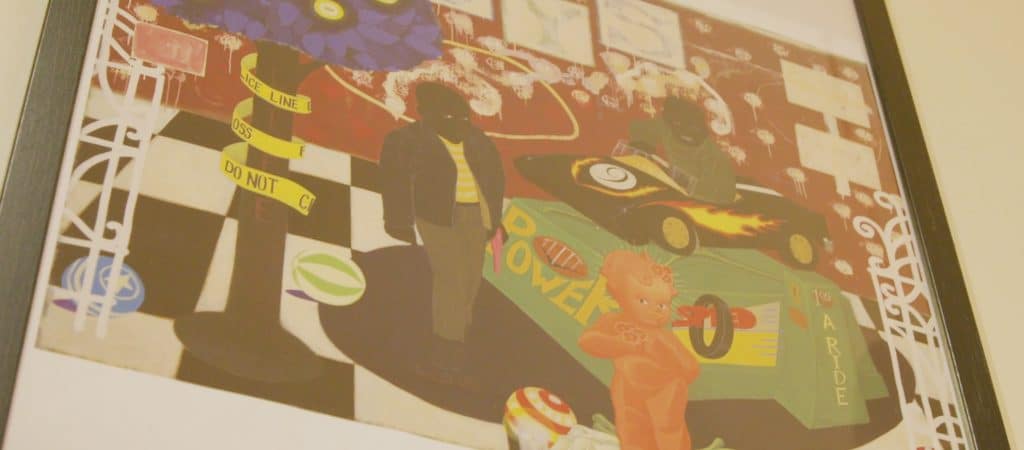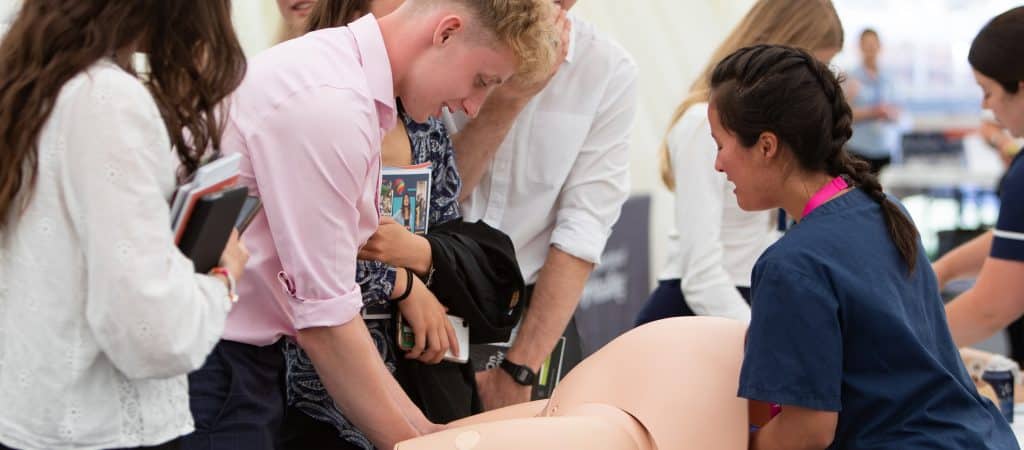THE FOOD
Chemistry, or for that matter any discipline, is like the food on that plate. As a subject, Chemistry provides the pupil with skills which we claim can take you anywhere. The Royal Society of Chemistry names scientific and technical knowledge, communication, working with others, logical thought processes and problem solving, project and time management, numeracy, handling data, software and technology as benefits of learning the subject at a high level. These desirable skills are learnt through the process of seeking scientific truth and understanding. Push the analogy, and these are the cutlery to our plate. You use them all the time and get very good at using them, but they’re not the purpose of having a meal. Eat a meal with the intention of practicing your knife technique and I image you quickly lose interest.
How do we teach character, or the Education for Life values, through Chemistry? Well, as the saying goes: “Character is caught, character is taught and character is sought.”
CHARACTER IS CAUGHT
It’s not what you teach, so much as how you teach it. Education for Life values are caught, and they’re caught primarily from staff; being a role model is the most important responsibility of the teacher.
We model confidence perhaps in the way we deliver our lessons; communicate skilfully, potentially in the manner we seek to explain theoretical concepts in relevant and accessible ways; inquiry, in what we read ourselves, and the questions we ask of the pupils. Innovation could be caught through teachers always looking for better ways of doing something; resilience as we fail, re-evaluate, challenge ourselves to try again whilst open-mindedness can be found in the way we listen and care about pupils.
The difference between a professional and a technician is that the professional applies their understanding of the subject and pedagogy with heart rather than mechanically. If we are fostering classrooms where mutual respect, kindness and challenge, self-reliance and cooperation, disagreement and love flourish, then, in my opinion, we are allowing Education for Life to take place.






